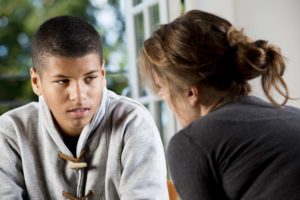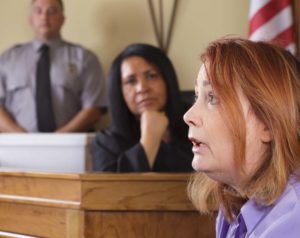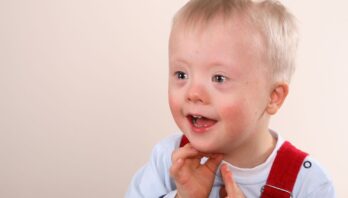Look at Behavior as Evidence
 In investigating abuse against children with disabilities, explore the child’s behavior, before, during, and after the abuse.
In investigating abuse against children with disabilities, explore the child’s behavior, before, during, and after the abuse.
Obtain the child’s school, counseling, Early Childhood Intervention, and medical records that might document any changes in behavior, mental health, or symptoms of distress.
In one case, investigators could prove that symptoms of post-traumatic stress disorder began shortly after a girl with a disability later reported she had been sexually assaulted.
In another, a child who had been raped when she was 10 suddenly refused to sit beside boys at that age. This evidence can be critical in convincing a jury (Rainville).
Explore the history of the alleged perpetrator and of the abuse, including:
- The perpetrator’s use of isolation, manipulation, threatening or grooming behavior, and forced compliance.
- Document how the child said no. Include behaviors and statements that indicate the child cried, closed eyes, squeezed legs together, or was still throughout the assault/abuse.
Bring in Disability Experts
 Use disability experts in jury trials, including physical, speech, and occupational therapists, as well as classroom and special education teachers. These expert witnesses can help explain the child’s disability and how it might have affected their ability to report the assaults. Obtain the child’s full medical history, as well as an assessment of the child’s cognitive, linguistic, gross and fine motor, emotional, and social skills.
Use disability experts in jury trials, including physical, speech, and occupational therapists, as well as classroom and special education teachers. These expert witnesses can help explain the child’s disability and how it might have affected their ability to report the assaults. Obtain the child’s full medical history, as well as an assessment of the child’s cognitive, linguistic, gross and fine motor, emotional, and social skills.
(This section adapted from Rainville, Chadwick Center for Children and Families, Illinois Family Violence Coordinating Council, & Office for Victims of Crime.)




